Benefits of Yin Toe Squat
- Toe and Ankle Stretch: Yin Toe Squat provides a deep stretch to the toes, feet, and ankles.
- Stimulates Connective Tissues: The pose targets the connective tissues around the feet and ankles, promoting flexibility.
- Improves Toe Flexion: Regular practice can improve toe flexion, which is beneficial for overall foot health.
- Grounding and Rooting: The pose creates a sense of grounding, allowing you to connect with the earth through your feet.
- Energetic Release: Yin Toe Squat is believed to release blocked energy in the kidney and bladder meridians.
Beginner Tips:
- Use Props: If the stretch is intense, place a cushion or folded blanket under your sit bones for support.
- Gradual Progression: Ease into the depth of the squat gradually, respecting your body’s limitations.
- Modify Toe Flexion: If flexing the toes is challenging, start with a more relaxed toe position and gradually work towards full flexion.
- Hold Yin Toe Squat for 3 to 5 minutes, allowing time for the connective tissues to experience the stretch.
- Slowly come out of the pose by lifting your torso and gently releasing the toe flexion.
- If you experience pain beyond a gentle stretch, modify the pose or seek guidance from a qualified instructor.
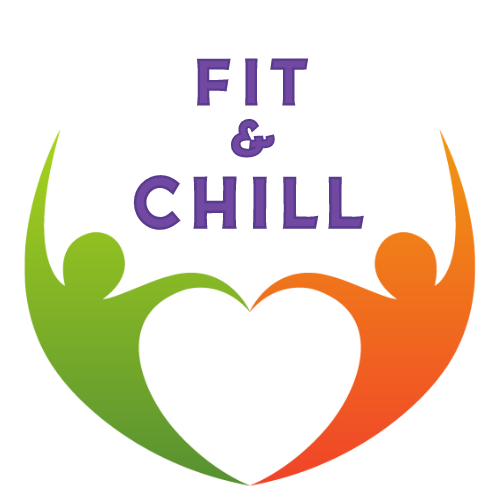

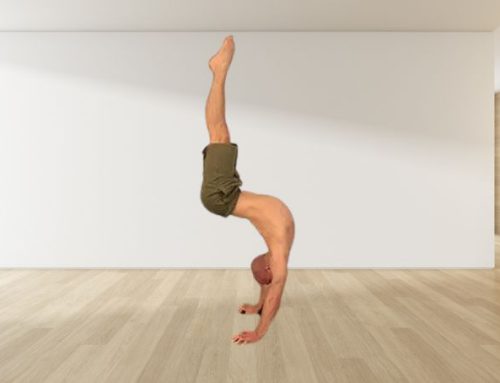
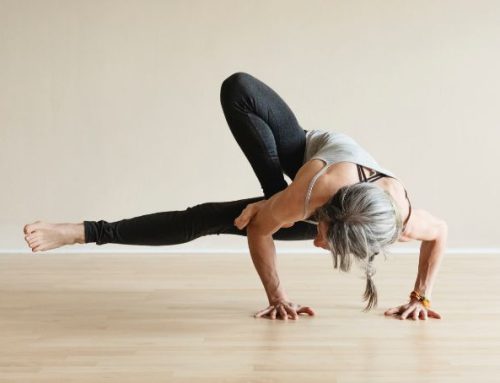
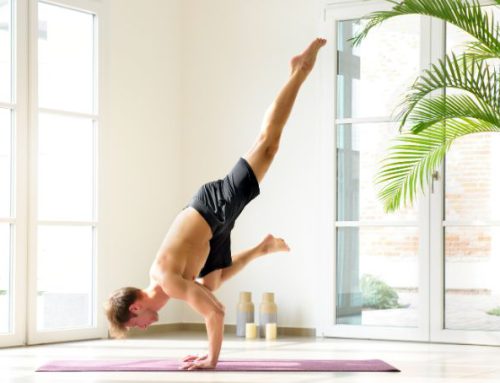
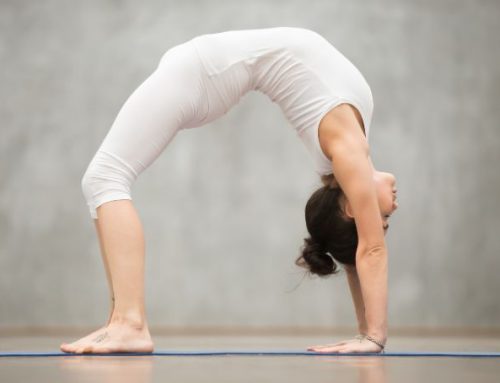
Leave A Comment